Alicia Lage, psychologist authorized to carry out healthcare activities and neuropsychologist at Clínica SINAPSIS, explains to us how to carry out the rehabilitation of attention and inhibition in a case of ADHD through the NeuronUP platform.
The work of SINAPSIS
SINAPSIS is a psychology and speech therapy center, recognized as a healthcare center by the Xunta de Galicia, located in the town of Burela in the province of Lugo.
Our clinic was founded with the purpose of guaranteeing specialized care for the child, adolescent, and adult population through a multidisciplinary intervention based on interventions that have shown the greatest empirical support, hence our trust in the NeuronUP platform for the rehabilitation of attention and inhibition in ADHD.
The importance of evaluation and diagnosis for designing an intervention program
ADHD is a neurobiological disorder that involves noradrenergic circuits, a pathway that controls maintenance functions of the learning, attention, and memory systems, and dopaminergic circuits, whose primary functions are maintenance of motor tone, motivation and reward systems, and memory and attention processes.
Evaluation processes
Based on the Tirapu executive functions protocol et al., based on factor analyses (Tirapu, Cordero, Luna, Hernáez, 2017), the processes involved in carrying out an assessment are: processing speed, attention, working memory, access to information stores of memory, verbal and motor inhibition, cognitive flexibility, planning, branching and decision making.
Evaluation as the starting point for the rehabilitation of attention and inhibition in ADHD
The results of this assessment and their interpretation lead to the design of an individualized intervention plan tailored to the needs of each patient with ADHD for their effective rehabilitation.
Neuropsychological rehabilitation of attention and inhibition in ADHD
It is a broader concept than cognitive stimulation. It involves reducing the impact of conditions that are disabling for the client and enabling them to reach an optimal level of social integration (WHO, 2001). In this way, it includes different types of intervention, which can be framed into four major groups: cognitive rehabilitation, behavior modification, family intervention and social, educational or vocational readaptation.
Rehabilitation according to the approach
Compensation: consists of the reorganization of functions to minimize or overcome the individual’s functional limitations. Its objective is to improve functionality in daily life. The resources are external aids and environmental adaptations.
Restoration/Rehabilitation: consists of the direct training of the lost, damaged, or deficient function. Its objective is to improve cognitive function through repetitive exercises and tasks of increasing complexity. Furthermore, it involves “bottom-up” mechanisms, where lower-level processes drag towards the recovery of higher-level processes.
Substitution: is the construction of a new response method that replaces the damage produced. Therefore its objective is the search for new ways to solve the problem. The resources are the optimization of preserved systems.
Neuropsychological processes that we work on through NeuronUP
Selective and sustained attention
The Posner and Petersen model from 1990 is one of those that has enjoyed the greatest acceptance since its initial formulation.
After years of research on types of attention, there is currently a relative consensus to maintain the existence of three attention networks that are anatomically and functionally distinct and work closely together, in the first place, the alerting network and the executive network, which are located in the anterior cerebral cortex. In second place, the orienting network which is primarily situated in posterior regions.
Based on the observation of the clinical symptoms of patients with brain injury and attentional complaints, the clinical model that stands out is the Sohlberg and Mateer model, based on theoretical concepts from Posner and Petersen, and working memory of Baddley and Hitch. Therefore, attention would be divided into five components: focused attention, sustained attention, selective attention, alternating attention and divided attention.
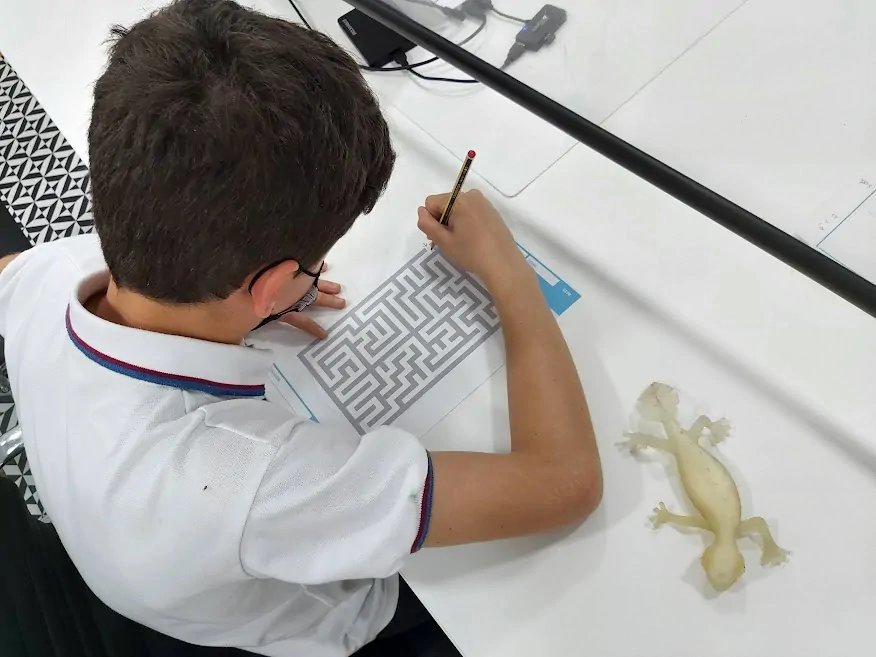
The alerting network is related to the increase and maintenance of the state of vigilance and readiness to respond to a possible imminent stimulus. On the other hand, sustained attention is the ability to maintain attention on a stimulus for prolonged periods of time, also known as phasic alertness, the neuronal correlate is found in the thalamic-frontoparietal network. In contrast, the orienting network is based on selecting the information to be attended and that which will be ignored, which according to the initial clinical model would be the selective attention.
Motor and verbal inhibition
Inhibition processes also appear as a very consistent factor in different factor analyses. Although in some they are called interference control or selective attention, since this requires controlling interferences and distractors. Regarding the brain regions involved in this process, studies agree on the fundamental participation of the orbitofrontal cortex and the anterior cingulate.
References
Tirapu-Ustárroz J, Bausela-Herreras E, Cordero-Andrés P. Executive functions model based on factor analyses in child and school populations: meta-analysis. Rev Neurol 2018; 67: 215-25.
If you liked this post about the rehabilitation of attention and inhibition in ADHD, you might be interested in these NeuronUP publications:
“This article has been translated. Link to the original article in Spanish:”
Rehabilitación de la atención e inhibición en TDAH

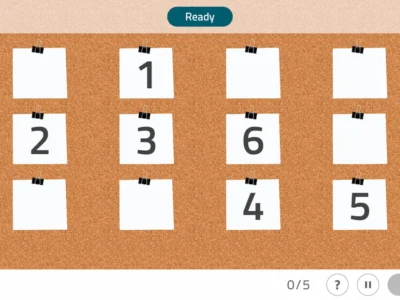
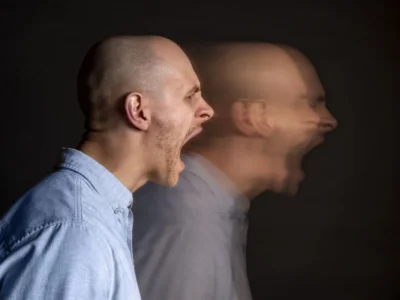

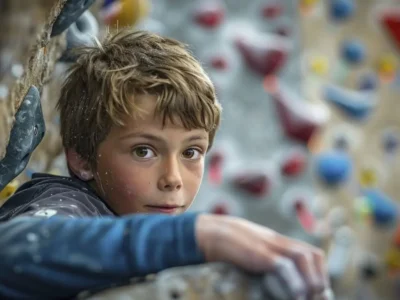
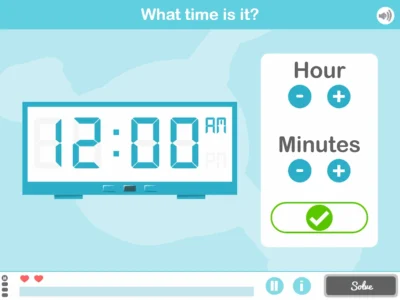
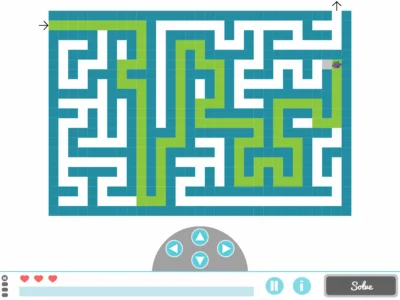
 Non-pharmacological management of the agitated neurological patient: David De Noreña answers your questions
Non-pharmacological management of the agitated neurological patient: David De Noreña answers your questions
Leave a Reply